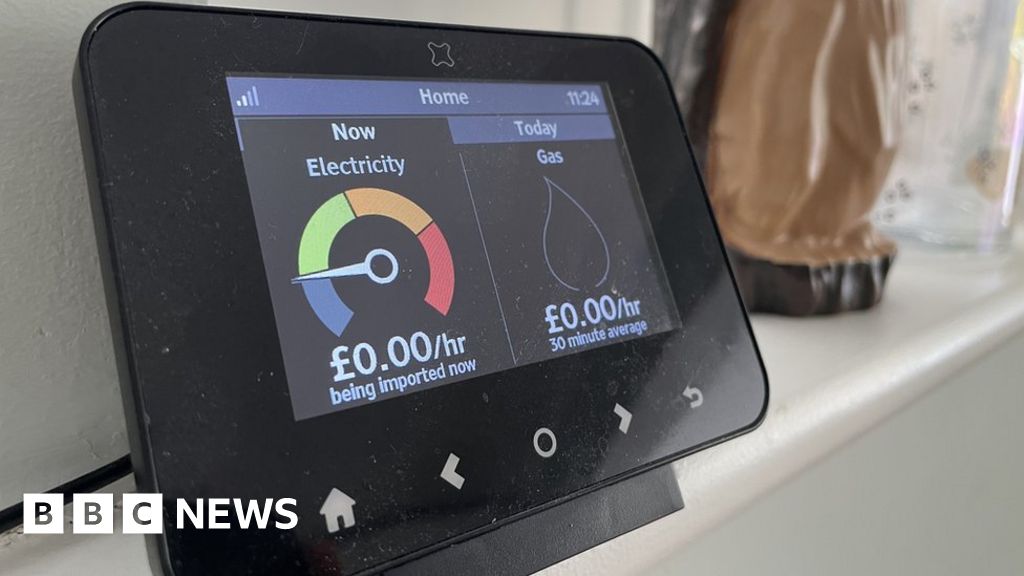With the number of solar and wind farms increasing all the time, our electricity grid is more complex than ever.
But sometimes more power is produced in one part of the country than can be used, so they are ordered - and paid - to shut down.
This is known as “constraint” and cost £1.2bn in 2021, which ultimately goes on to customers’ bills. It is also a waste of low-carbon power.
That is why one grid operator and one power supplier are trialling the free electricity scheme. But is it fair?
…
Balancing supply and demand on the electricity grid falls to operators including UK Power Networks. Its director of innovation, Ian Cameron, said the pilot Mr Bradley took part in aimed to see if customers could “soak up excess generation” rather than “turning down” renewable generators.
He said the grid needed consumers to “step forward and engage with the energy system”.
The peak period for electricity demand is between 17:00 BST and about 21:00 BST, Mr Cameron added, and that drawing 15% to 20% away from that period “makes a significant difference”.
…
The “Power-Ups” are announced around a day before the free window. Customers living in certain postcodes and who have pre-registered, can take part.
Rosie Robison, a professor of social sustainability at Anglia Ruskin University, said it was important such schemes did not leave those on low incomes “doubly disadvantaged” because they could not make the most of them.
Those “with more resources” and “technical know-how” may find it easier to access the scheme and save money immediately, she said.
The way to.make it fairer is to invest in helping those on low incomes take advantage of this kind of thing. You could make it part of a Green Deal that would create more highly-skilled jobs, so it’s win-win. Economy 7 was a big hit and with enough batteries in people’s homes you could create a distributed storage network, rather than relying on big centralised batteries.
I’d definitely be up for giving this a go - there’s plenty of local green energy generation to tap into.
Big centralized batteries are way cheaper to build and operate than hundreds or thousands of small systems. I would imagine the people getting free power have things like electric cars, where they can adequately draw down a storage battery that only they use, or they are commercial customers who can do things like spin-up steam plants or increase production at certain times. The real answer is to just increase grid storage capacity by the most efficient means and then passing the savings down to everyone.



